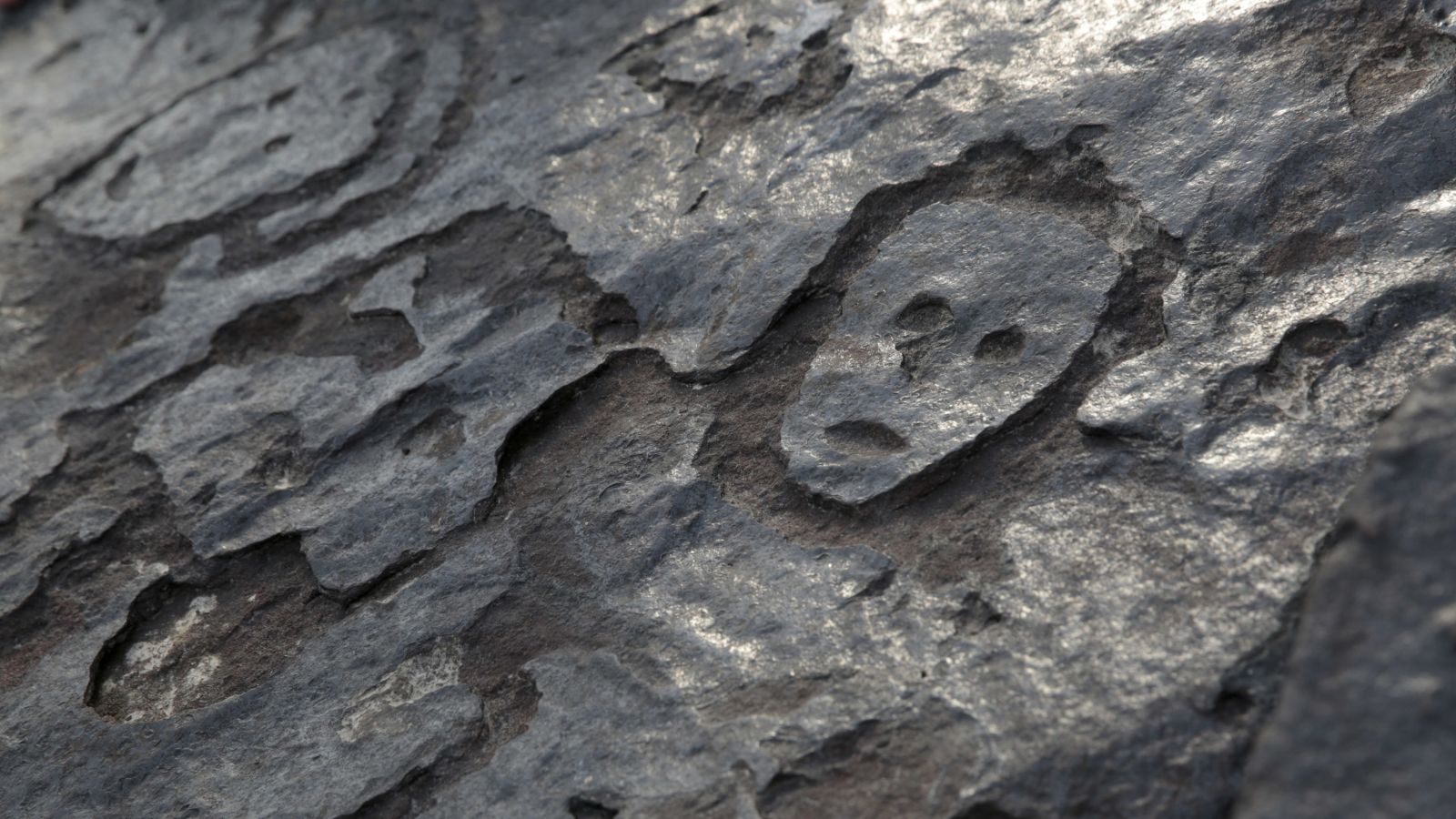(Reuters) — Human faces carved into stone 2,000 years ago appeared on a cliff along the Amazon River, where water levels fell to historic lows. A very bad drought of the region for more than a century.
Some rock carvings have already been found, but now there is a larger variety that will help researchers establish their origin, archaeologist Jaime de Santana Oliveira said Monday.
At Manas in the state of Amazonas, ancient rock carvings were uncovered when the water level of the Amazon dropped during a drought. (Swami Bedown/Reuters)
One section shows smooth grooves in the rock, believed to be where indigenous peoples sharpened their arrows and spears long before Europeans arrived.
Institute of Public Health and Medicine (IPHAM) archaeologist Jaime de Santana Oliveira points out an ancient stone carving. (Swami Bedown/Reuters)
“The carvings are prehistoric or pre-colonial. We cannot date them exactly, but based on evidence of human occupation in the area, we believe they are 1,000 to 2,000 years old,” Oliveira said in an interview.
Rocky Point is the confluence of the Negro and Solimos rivers. (Swami Bedown/Reuters)
A rocky point on the north coast of the Amazon near the confluence of the Negro and Solimos rivers is called Ponto das Lajes.
The carved figures were first seen in 2010, but this year’s drought has been so severe that the Negro River has dropped 15 meters (49.2 feet) since July, exposing vast expanses of rocks and sand, Oliveira said. Beaches.
“This time we found not only more carvings, but also a sculpture of a human face carved into the rock,” said Oliveira, who works at the National Institute of Historical and Artistic Heritage (IPHAN), which oversees the preservation of historic sites.


:quality(85)/cloudfront-us-east-1.images.arcpublishing.com/infobae/BH6NLAQGXJGADFWTENBUV7Z7RQ.jpg)
:quality(85)/cloudfront-us-east-1.images.arcpublishing.com/infobae/3GK63ATFOMFAYNUAQKUL4WUJFM.jpg)

:quality(85)/cloudfront-us-east-1.images.arcpublishing.com/infobae/SJ35ZLSJ5NB4BWVRJPSK74P7AQ.jpg)